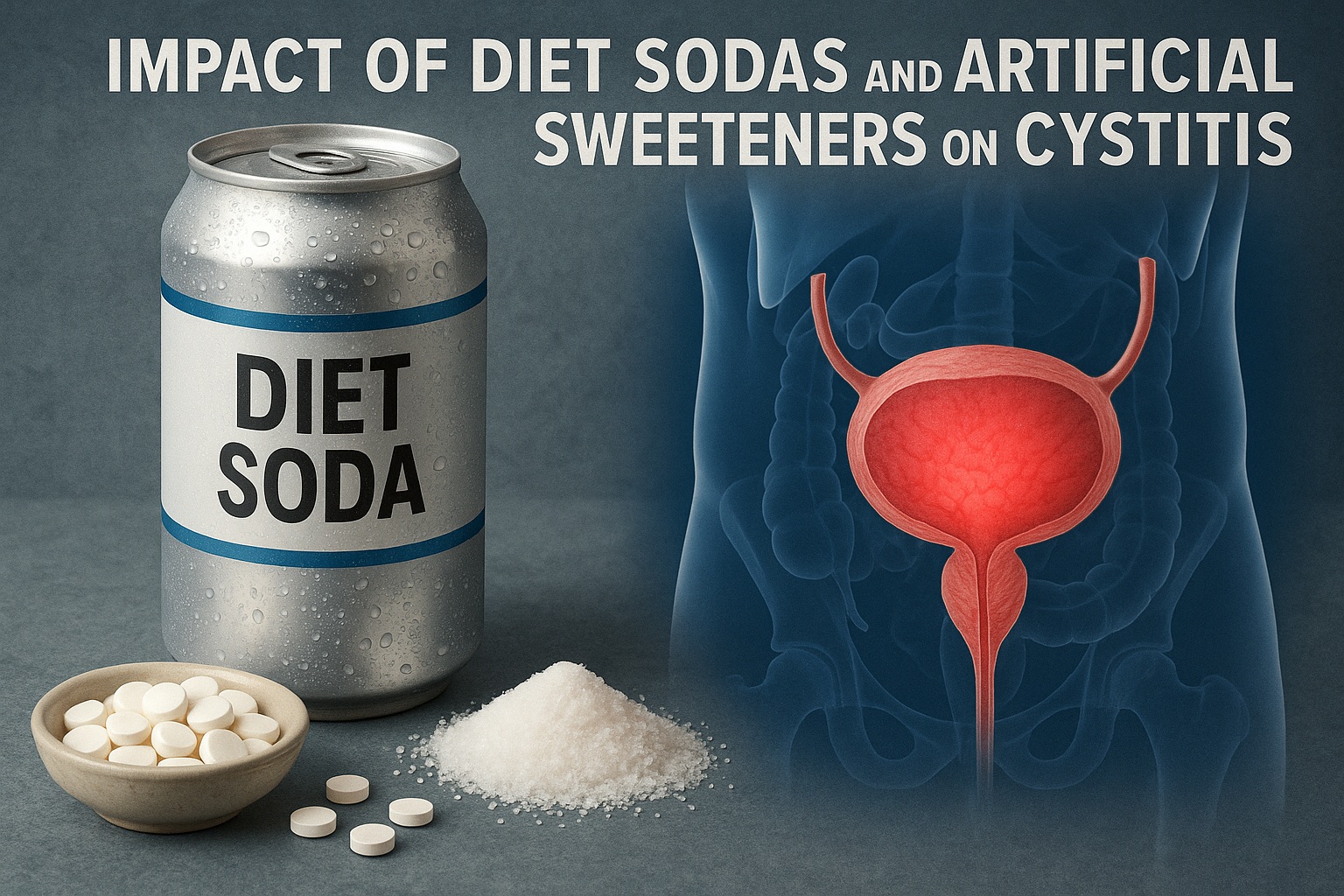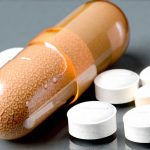Cystitis, commonly known as a urinary tract infection (UTI) or bladder inflammation, affects millions worldwide, predominantly women. The condition manifests with uncomfortable symptoms like frequent urination, burning sensations during urination, lower abdominal pain, and sometimes even blood in the urine. While bacterial infections are the most well-known cause of cystitis, growing research points to dietary factors potentially playing a significant role in both triggering flare-ups and influencing overall bladder health. Many individuals seeking relief from recurrent or chronic cystitis have begun exploring the impact of their diet, particularly concerning artificial sweeteners and diet sodas, leading to questions about whether these seemingly innocuous products contribute to worsening symptoms. Understanding the complex relationship between dietary choices and bladder function is crucial for anyone managing this frustrating condition.
The prevalence of diet sodas and artificially sweetened beverages has soared in recent decades as people seek alternatives to sugar-laden drinks. However, this shift raises concerns regarding potential health impacts beyond weight management. Artificial sweeteners, designed to mimic the taste of sugar without the calories, are often chemically synthesized compounds. Their influence on the body’s systems is a subject of ongoing scientific investigation. While generally considered safe by regulatory bodies in limited quantities, emerging evidence suggests these substances may interact with the urinary system and potentially exacerbate cystitis symptoms for some individuals. This article delves into the potential connections between diet sodas, artificial sweeteners, and cystitis, exploring the current understanding of how they might impact bladder health and what steps individuals can take to manage their dietary intake.
Diet Sodas & Bladder Irritation: The Potential Link
Diet sodas are often acidic, and acidity is a well-established trigger for bladder irritation in many people with cystitis. This isn’t necessarily about the inherent pH of the drink itself; it’s more about how the body metabolizes certain ingredients and their subsequent effect on urine composition. A highly concentrated or acidic urine environment can irritate the delicate lining of the bladder, leading to those familiar uncomfortable symptoms. – Common diet soda ingredients like citric acid, phosphoric acid, and even some artificial sweeteners themselves contribute to this acidity. – Furthermore, the carbonation in these beverages can also exacerbate symptoms for some, increasing pressure on the bladder and potentially triggering a sense of urgency. This is not universal; many people tolerate carbonated drinks without issue, but those prone to cystitis may find it’s a trigger.
Beyond acidity, the artificial sweeteners themselves are under scrutiny. While marketed as harmless sugar substitutes, they aren’t metabolised by the body in the same way as natural sugars. Some research suggests that certain artificial sweeteners can disrupt the gut microbiome – the complex ecosystem of bacteria residing in our digestive system. – A healthy gut microbiome is essential for overall health and immune function, but imbalances have been linked to increased inflammation throughout the body, including the urinary tract. – Disruption of gut flora could potentially compromise the body’s natural defenses against UTIs or contribute to chronic low-grade inflammation that keeps cystitis symptoms lingering. The specific sweeteners most often implicated in bladder irritation include saccharin, aspartame, and sucralose.
It’s important to note that individual responses to diet sodas vary greatly. Some individuals can consume them without experiencing any noticeable effects on their bladder health, while others report significant symptom flares after even small amounts. This sensitivity likely depends on factors like the severity of cystitis, overall dietary habits, and individual metabolic processes. Identifying personal triggers through careful observation and elimination diets is often crucial for managing the condition effectively. Keeping a detailed food diary can help pinpoint whether diet sodas or specific artificial sweeteners are contributing to symptoms.
Identifying Your Personal Triggers
Determining if diet sodas or artificial sweeteners are exacerbating your cystitis requires a systematic approach. A simple, yet effective method is an elimination diet, where you temporarily remove suspected trigger foods and then reintroduce them one at a time while monitoring for symptom changes. Here’s how to proceed: 1. Elimination Phase: Remove all diet sodas and products containing artificial sweeteners from your diet for at least two weeks. This includes seemingly harmless items like sugar-free gum, yogurt, and desserts. Focus on consuming whole, unprocessed foods and staying well-hydrated with water. 2. Reintroduction Phase: After the elimination phase, slowly reintroduce one suspected trigger food (e.g., a specific diet soda) in small amounts. Observe your body for any changes in cystitis symptoms over the next few days. 3. Documentation: Keep a detailed food diary, noting everything you eat and drink, along with any associated bladder symptoms. This will help you identify which foods are causing problems.
Another useful technique is to pay close attention to timing. If you notice that your cystitis symptoms consistently flare up shortly after consuming a diet soda or artificially sweetened product, it strengthens the suspicion of a link. Be mindful of hidden sources of artificial sweeteners too; they can be found in unexpected places like medications and even some vitamins. – Consider consulting with a registered dietitian specializing in bladder health. They can provide personalized guidance on dietary modifications and help you develop a plan tailored to your specific needs. – Remember, what triggers one person might not trigger another, so individual experimentation is key.
Finally, don’t underestimate the power of hydration. Drinking plenty of water helps dilute urine, reducing acidity and minimizing bladder irritation. Aim for at least six to eight glasses of water per day, and consider incorporating herbal teas known for their soothing properties like chamomile or ginger (avoiding those with caffeine). Prioritizing adequate fluid intake is a cornerstone of cystitis management.
The Role of Artificial Sweetener Chemistry
The chemical structure of artificial sweeteners plays a role in how the body processes them. Unlike natural sugars which are readily broken down and absorbed, many artificial sweeteners pass through the digestive system largely unchanged. This means they reach the colon where they can be fermented by gut bacteria – and this fermentation process is what potentially causes issues. – Different sweeteners have different chemical properties and therefore impact the microbiome differently. For example, some may favour the growth of certain bacterial strains over others, leading to an imbalance in the gut flora. – Sucralose, for instance, has been shown to reduce the number of beneficial bacteria in the gut while increasing the population of potentially harmful ones. This disruption can contribute to inflammation and weaken the immune system’s ability to fight off infections.
Furthermore, some artificial sweeteners have been linked to increased intestinal permeability – often referred to as “leaky gut.” – When the intestinal lining becomes more permeable, larger molecules can pass into the bloodstream, triggering an inflammatory response throughout the body. This systemic inflammation could potentially exacerbate cystitis symptoms and worsen overall bladder health. – Aspartame, in particular, has been implicated in increasing intestinal permeability in some studies. It’s important to note that research on this topic is ongoing, and more studies are needed to fully understand the mechanisms involved.
Alternative Sweeteners & Beverages
If you suspect diet sodas or artificial sweeteners are contributing to your cystitis symptoms, exploring alternative beverage options is a proactive step. – Water remains the best choice for hydration, but many people find plain water unappealing. Infusing water with fruits like berries, cucumber, or citrus can add flavour without introducing potentially irritating substances. – Herbal teas, as mentioned earlier, are another excellent option, but be mindful of potential bladder irritants within those blends (avoiding caffeine and excessive amounts of certain herbs).
Regarding sweeteners, natural alternatives in moderation may be preferable to artificial options. Stevia is a plant-derived sweetener that generally causes less disruption to the gut microbiome compared to synthetic sweeteners. – However, even stevia can cause issues for some individuals, so it’s important to monitor your body’s response. Monk fruit is another natural sweetener gaining popularity – similar to stevia, it tends to have a milder impact on gut health. – Remember that any sweetener, even natural ones, should be used sparingly. The goal isn’t necessarily to replace sugar with another sweet substance but rather to reduce overall sweetness in your diet. Prioritizing whole foods and minimising processed beverages is the most effective approach for supporting bladder health.
It’s crucial to reiterate that this information is not intended as medical advice. If you are experiencing cystitis symptoms, please consult a healthcare professional for diagnosis and appropriate treatment. Dietary modifications can be a valuable part of managing the condition, but they should always be implemented in conjunction with medical guidance.





















